Witch Hazel for Skin: Benefits, Uses, and Considerations

Introduction to Witch Hazel for Skin
Witch hazel is a plant native to North America, widely used for its skin-healing properties. The extract is derived from the bark and leaves of the witch hazel shrub, often distilled into a liquid that can be applied topically.
For centuries, it has been praised for its ability to calm irritated skin, reduce inflammation, and promote skin health. Whether you’re dealing with acne, sensitive skin, or looking for a natural skincare remedy, witch hazel is a versatile and affordable option to consider.
What is Witch Hazel Extract?
Witch hazel extract comes from the Hamamelis virginiana plant, a shrub that grows primarily in North America. The extract is typically made by steam-distilling the bark and twigs of the plant, producing a liquid that is rich in tannins, flavonoids, and essential oils. The active compounds in witch hazel, particularly tannins, give it its astringent properties, making it useful for tightening the skin and minimizing pores.
Witch hazel is commonly found in toners, cleansers, and soothing gels, often marketed as a natural remedy for skin issues like acne, redness, and irritation. Because it’s naturally anti-inflammatory, witch hazel is frequently used in both skincare and medicinal products for its calming effects on the skin.
Benefits of Using Witch Hazel on Skin
1. Anti-Inflammatory Properties
Studies have shown that witch hazel has powerful anti-inflammatory effects. These properties make it beneficial for calming inflamed, irritated, or broken skin. Research suggests that witch hazel can suppress erythema (skin redness caused by injury or irritation) by up to 27% when applied topically, making it an effective remedy for sensitive or irritated skin. In addition to reducing redness, witch hazel’s anti-inflammatory effects may also help with conditions like eczema or rosacea, where inflammation plays a central role.
2. Antioxidant Protection
Witch hazel is rich in antioxidants – essentials for protecting the skin from free radical damage caused by environmental factors like pollution, UV radiation, and stress. Antioxidants in witch hazel help to neutralize free radicals and prevent oxidative stress, which can lead to premature aging, wrinkles, and skin damage.
3. Astringent and Pore-Tightening
Like acerola extract used in Prose’s custom hair supplements, witch hazel is a known astringent, so it’s excellent for treating breakouts and boosting skin elasticity. Witch hazel’s tannins bind to the skin and cause the tissues to contract, which reduces the appearance of pores and can help prevent excess oil build-up.
4. Helps with Acne
Due to its astringent and anti-inflammatory properties, witch hazel is commonly used as a natural treatment for acne. By controlling excess oil, soothing redness, and preventing clogged pores, witch hazel can help manage acne breakouts. It’s often found in toners and serums designed for acne-prone skin.
How to Use Witch Hazel in Your Skincare Routine
Thinking about making witch hazel part of your skincare routine? Here are some common uses:
1. As a Toner
Witch hazel is commonly used as a toner after cleansing. After washing your face, apply witch hazel to a cotton pad and gently swipe it over your face to remove any remaining impurities and tighten pores. This will help balance your skin, reduce excess oil, and prepare your skin for the next steps in your daytime or nighttime skincare routine.
2. Spot Treatment for Acne
If you’re dealing with a breakout, witch hazel can be used as a spot treatment. Dab a small amount onto a cotton swab and apply it directly to the blemish. Witch hazel’s anti-inflammatory properties can help reduce swelling and redness, while its astringent qualities may help dry out the blemish, speeding up the healing process.
3. Post-Sun Care
Witch hazel’s soothing properties make it an excellent option for calming sunburns or other skin irritations. After spending time in the sun, apply witch hazel to the affected area to help reduce redness and inflammation.
4. As a Gentle Cleanser
Witch hazel can also be used as a mild facial cleanser for those with sensitive skin. Because it’s gentle and effective at removing dirt, oil, and makeup, it can be used as part of your daily cleansing routine.
Potential Drawbacks and Considerations
1. Drying for Some Skin Types
Witch hazel’s astringent properties may be too harsh for people with dry or sensitive skin. If you have dry skin, it’s a good idea to follow up with a hydrating moisturizer to restore balance.
2. Allergic Reactions
Though uncommon, some individuals may experience an allergic reaction to witch hazel. Always do a patch test before applying to larger areas of your skin.
3. Avoiding Alcohol-Based Formulations
Some witch hazel products contain alcohol, which can exacerbate dryness and irritation. Look for alcohol-free formulations to avoid unnecessary irritation.
Frequently Asked Questions
1. Is witch hazel good for your skin?
Witch hazel can be very beneficial for your skin, especially if you have oily, acne-prone, or sensitive skin. It offers anti-inflammatory, antioxidant, and astringent benefits, helping to calm irritation, reduce redness, and control excess oil
2. What does witch hazel do for skin?
Witch hazel helps to reduce inflammation, tighten pores, control oil, and calm irritated or inflamed skin.
3. Can I use witch hazel on my face every day?
For most people, using witch hazel on the face daily is safe, especially if you have oily or acne-prone skin. However, if you have dry or sensitive skin, it’s important to monitor how your skin reacts and consider using witch hazel less frequently or in combination with a hydrating product.
Not sure where to get started with your skincare regime? Check out more tips on how to build a skincare routine and get a free Prose consultation.

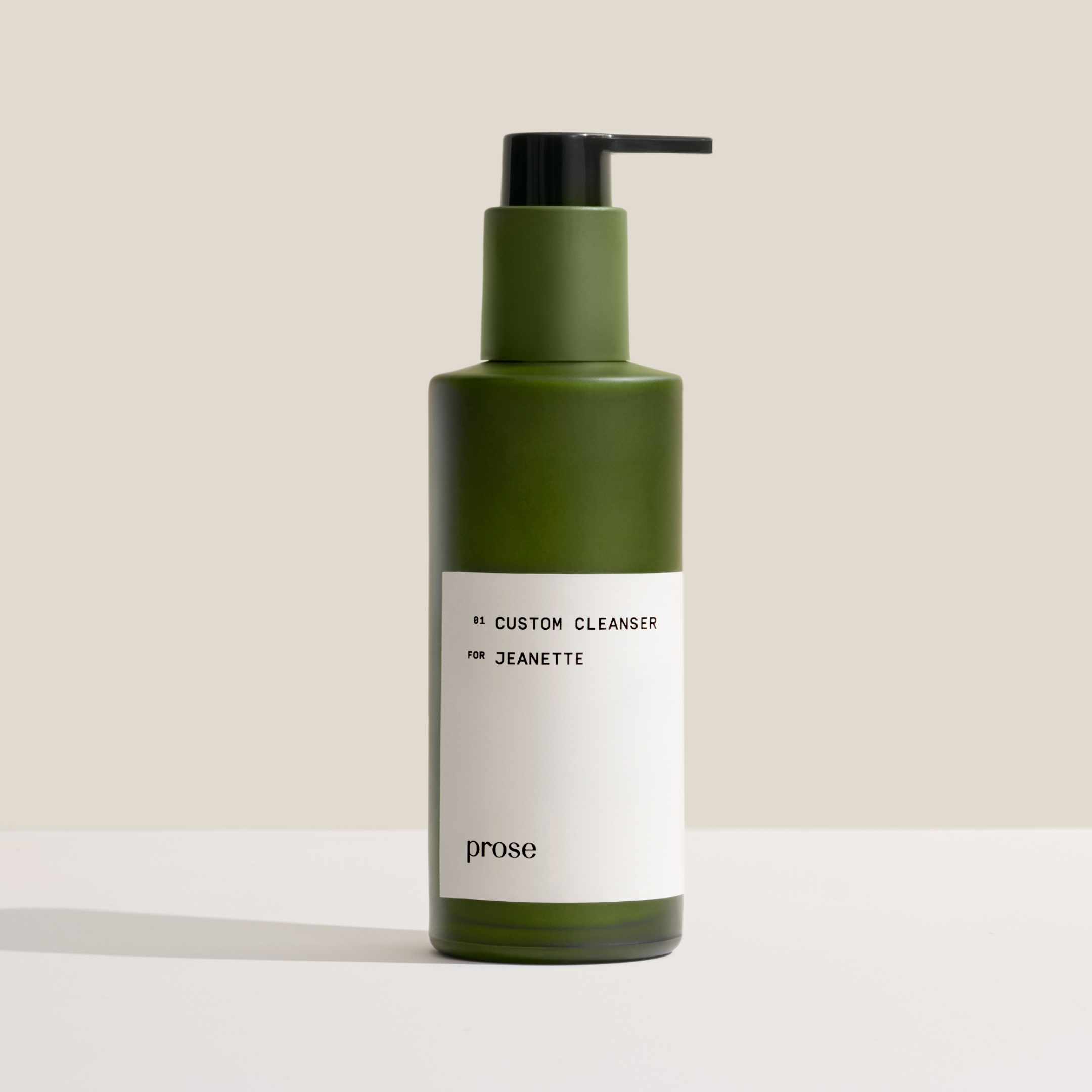
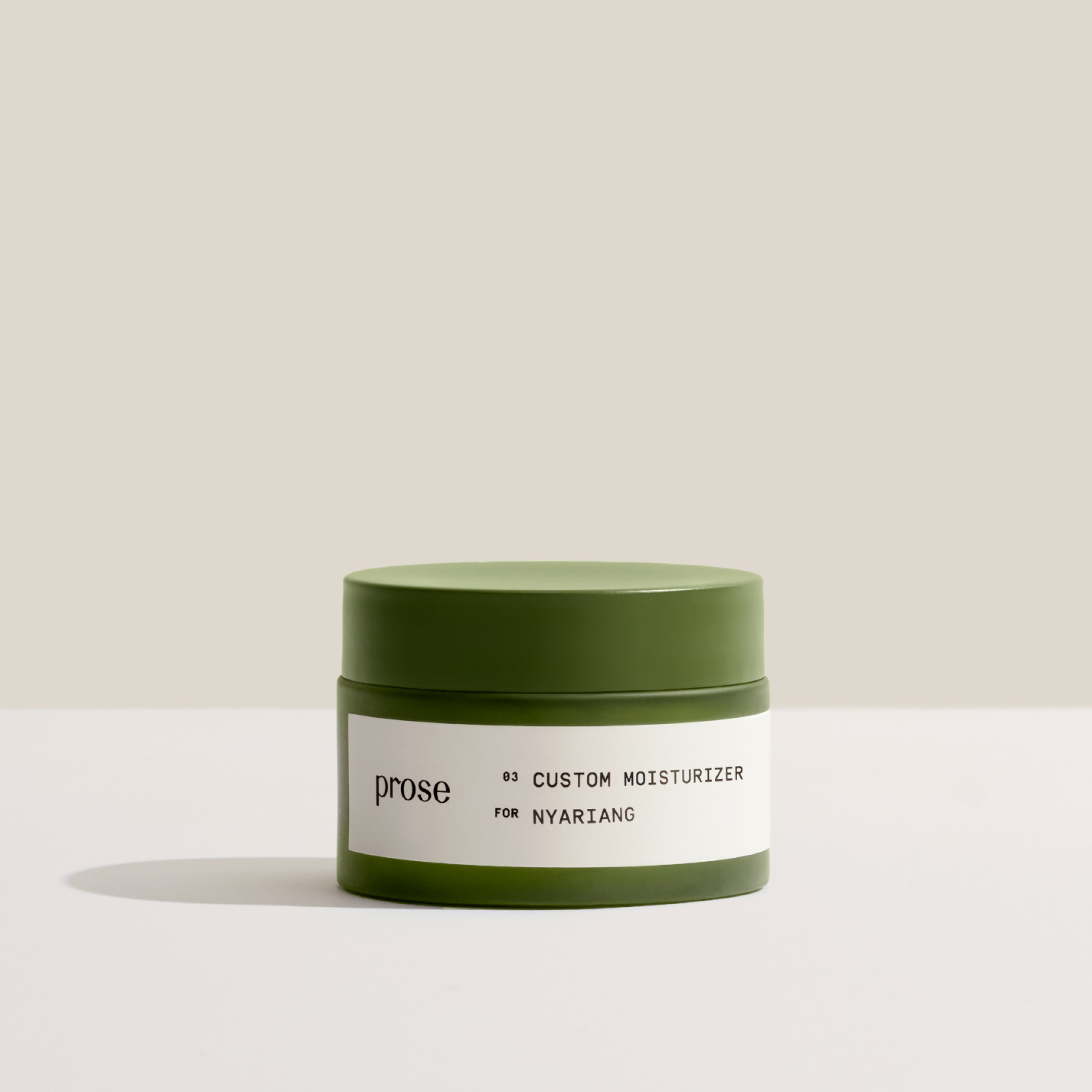
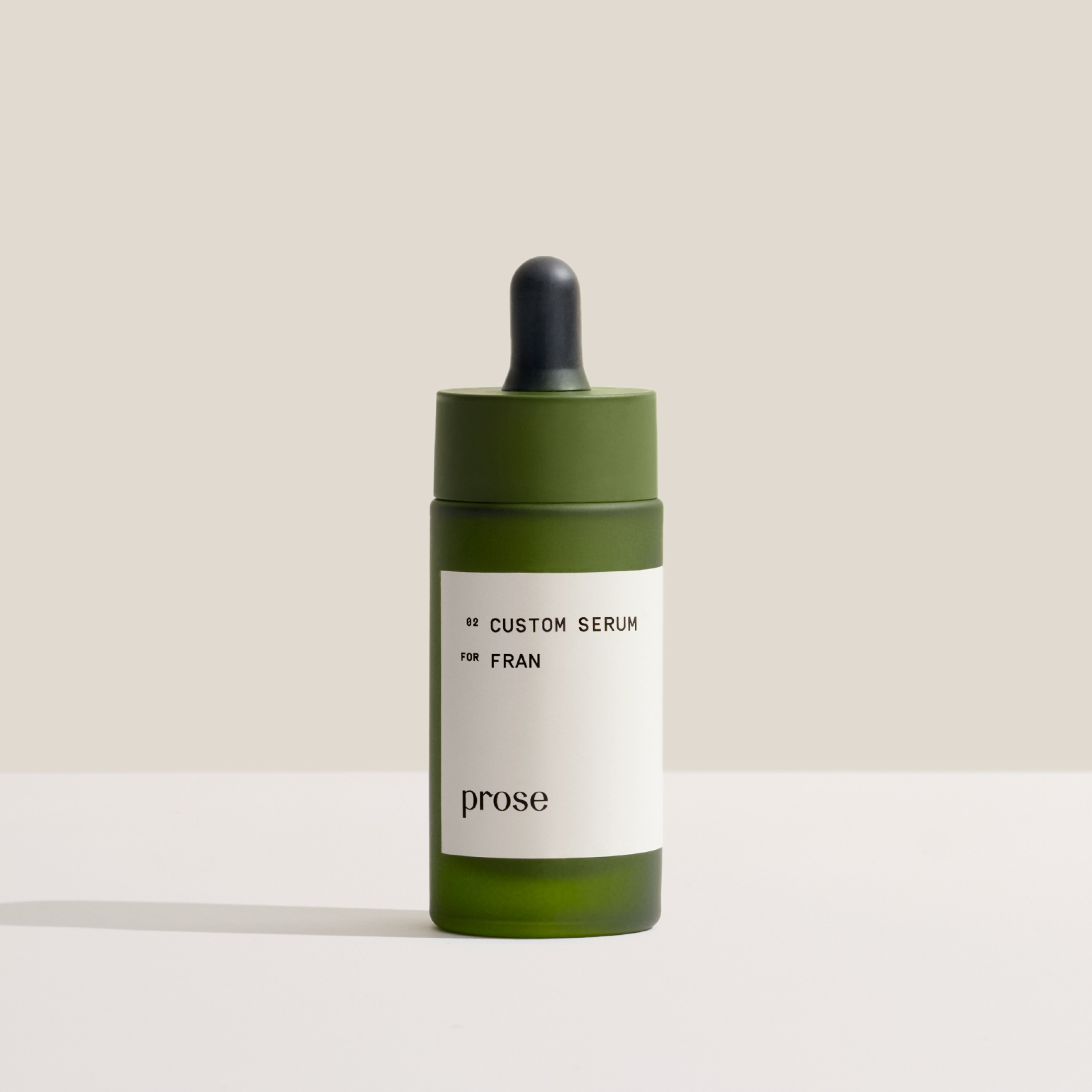
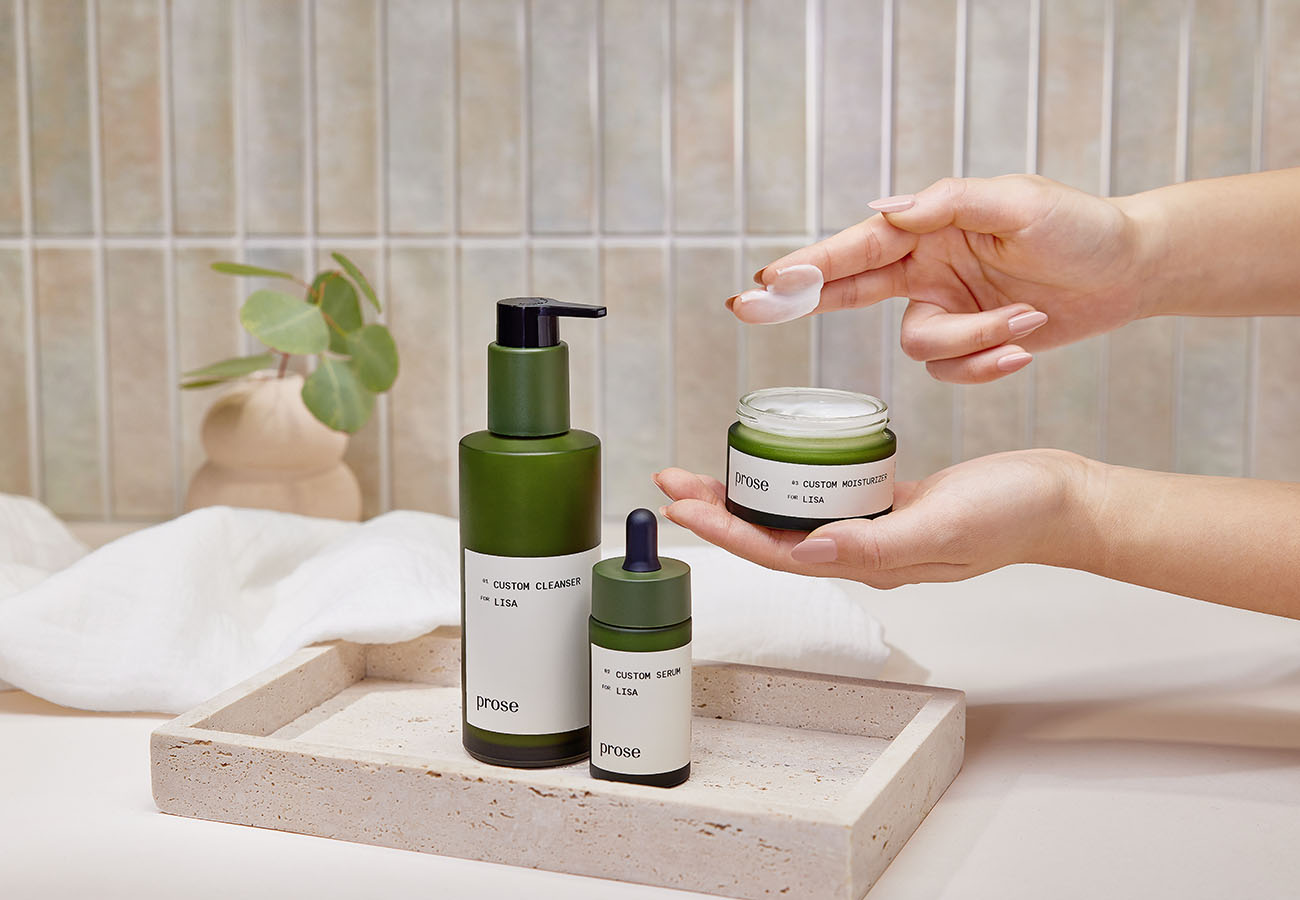
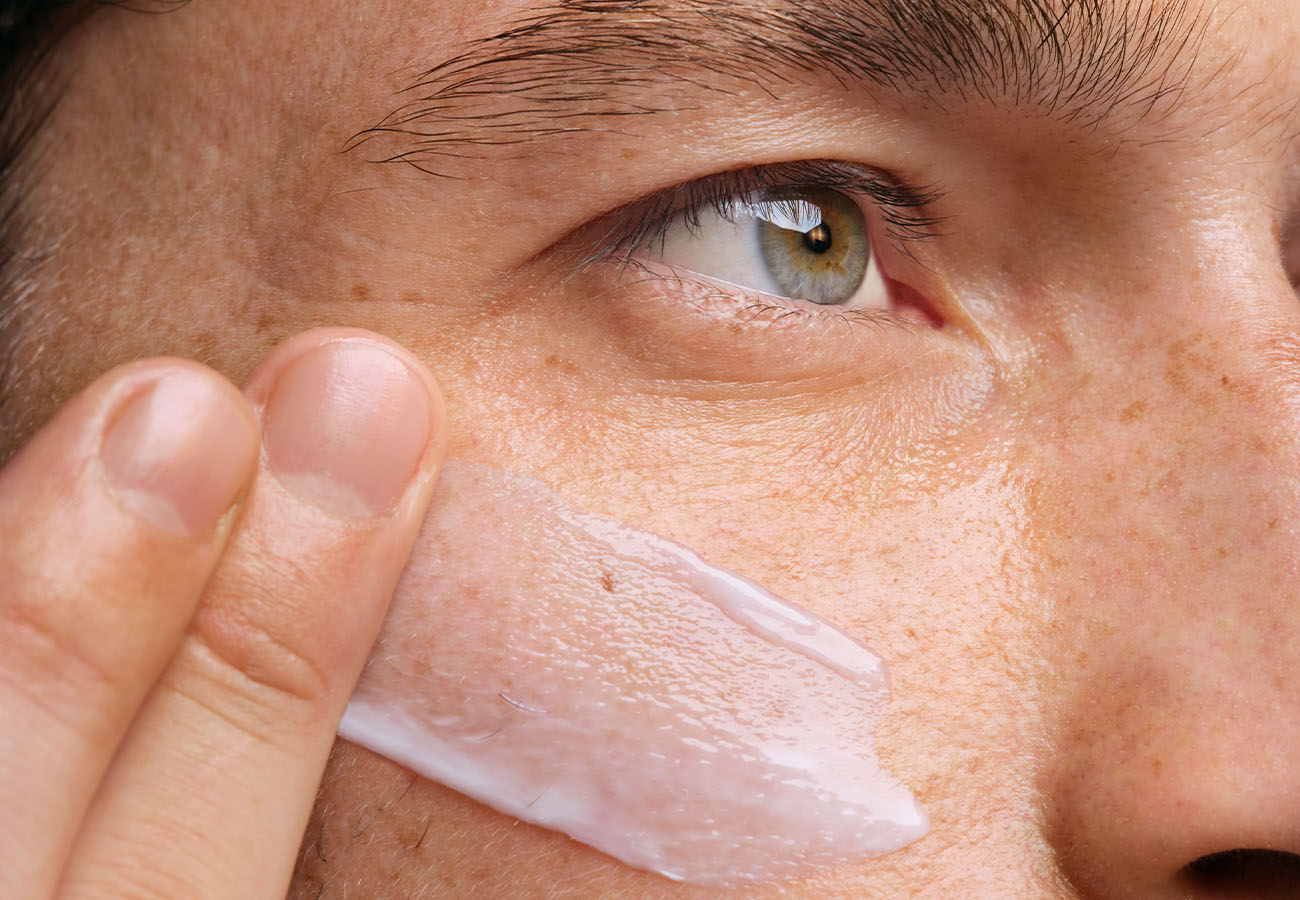
Comments [0]